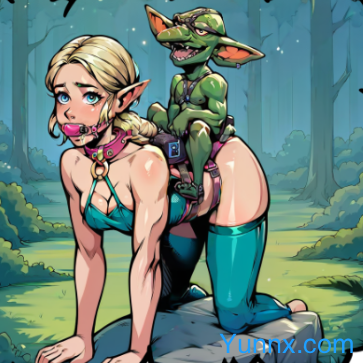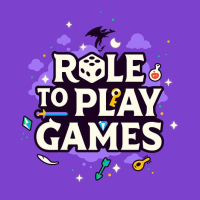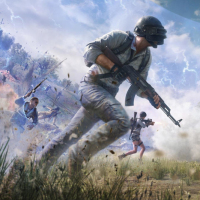In Week with the Frog, players step into the shoes of Sarah, a young and ambitious environmental scientist, who travels to a remote wetlands preserve to observe and protect a rare species of frog. However, the journey quickly turns into something far more complex than Sarah had anticipated. The preserve, seemingly untouched by human hands, holds a dark secret: the frogs that reside there possess unusual, almost humanlike intelligence.
As Sarah embarks on her mission, she becomes entangled in the delicate web of the frog population’s mysterious behavior. During her weeklong stay, she forms an unexpected bond with one of the frogs, which begins to communicate with her through cryptic signals. But the frogs are not the only creatures with intelligence in the preserve—other beings, both human and animal, appear to have their own agenda, and Sarah soon finds herself torn between the need to protect the frogs and the ethical implications of the knowledge she uncovers.
As the days pass, Sarah’s perception of the natural world is challenged, and she must confront her own beliefs about conservation, control, and the blurred line between nature and science.
Gameplay
1. Exploration and Interaction with Nature:
Players can explore the wetlands, interacting with various elements of the environment. Sarah will need to track the frogs, study their behavior, and gather environmental data. The openworld exploration allows the player to uncover hidden details, such as secret frog nests and cryptic markings, which provide clues to the mystery.
2. DecisionMaking and Ethical Dilemmas:
Throughout the game, Sarah faces tough moral decisions, such as whether to interfere with the natural order or allow the frogs to evolve independently. These choices influence the story, with different outcomes based on the player's approach to conservation and ethics. Every decision affects Sarah’s relationships with the frogs and the other inhabitants of the preserve.
3. Unravel the Mystery:
The heart of the game lies in uncovering the truth behind the frogs’ unusual abilities. Sarah’s relationship with the frogs is central to the plot, and players must decode cryptic messages, observe behaviors, and piece together the history of the wetlands preserve. How much will Sarah learn before her week is up? And what will she do with that knowledge?
Game Features
1. Immersive Environmental Storytelling:
Week with the Frog features an indepth, immersive environment where the setting itself plays a critical role in storytelling. From the murky waters of the wetlands to the distant calls of the frogs, every element of the game world adds to the mystery and atmosphere of the story.
2. Dynamic Character Relationships:
As Sarah interacts with the frogs, other wildlife, and human characters, relationships evolve based on her actions. Characters in the game may offer assistance, pose threats, or try to manipulate Sarah’s mission. These interactions lead to multiple story branches and varied outcomes.
3. ThoughtProvoking Themes:
The game explores deep philosophical themes, including the ethics of human intervention in nature, the boundaries of scientific exploration, and the inherent unpredictability of the natural world. Players are encouraged to reflect on the consequences of their actions and the balance between preservation and exploitation.
Game Tips
1. Observe the Frogs Carefully:
Pay attention to the frogs’ behavior and markings. They may not communicate directly, but subtle clues can reveal their thoughts and intentions. The more you observe, the better you’ll understand the mystery surrounding them.
2. Manage Your Resources Wisely:
You’ll need to track time carefully as you explore the wetlands. Limited resources like food, tools, and energy can affect how much you can accomplish each day. Plan your actions wisely to maximize your exploration and gather valuable data.
3. Consider the Ethical Implications:
Your choices matter, and they will shape the outcome of the story. Before taking any action, think about the longterm consequences for the frogs, the environment, and your own role in the preserve. Each decision will lead to a different ending, reflecting the complexity of conservation and human involvement.




































Preview: